With the birth of a child, newly-made parents get acquainted with all the basics of raising and developing a baby. The first thing that worries – this is the health of the baby, so both moms and dads are interested in ensuring that all indicators meet the standards. And a question that interests many, – how teeth are falling in children. After all, you often heard from acquaintances how difficult it is for parents during teething in babies.
The editors of estet-portal.com will talk about the important points in the process when teeth are coming in. You will learn about the order of eruption, accompanying symptoms, about the actions of parents and the timing of eruption.
How children's teeth climb: studying the order of eruption
When a child is born, the upper and lower jaws have 20 follicles for temporary teeth, as well as 16 rudiments for permanent teeth. In what order do teeth erupt – quite an individual process, but there is an approximate scheme: & nbsp;
• 6-9 months incisors erupt in the center of the lower jaw;
• 7-10 months incisors climb in the center, but already from above;
• 9-12 months incisors appear on the sides above and below;
• from 1 to 1, 5 years molars erupt, then fangs on both jaws;
• 2-3 years the period when the second molars climb.
Subscribe to our page on Facebook! that in half a year teeth are not yet visible, because the indicated data are approximate. Dentists note that the later teeth appeared, they will fall out later than usual.
Subscribe to our page on
Facebook!
Parents should not be afraid of the fact that teeth are not yet visible at six months, because the indicated data are approximate. Dentists note that the later teeth appeared, they will fall out later than usual. 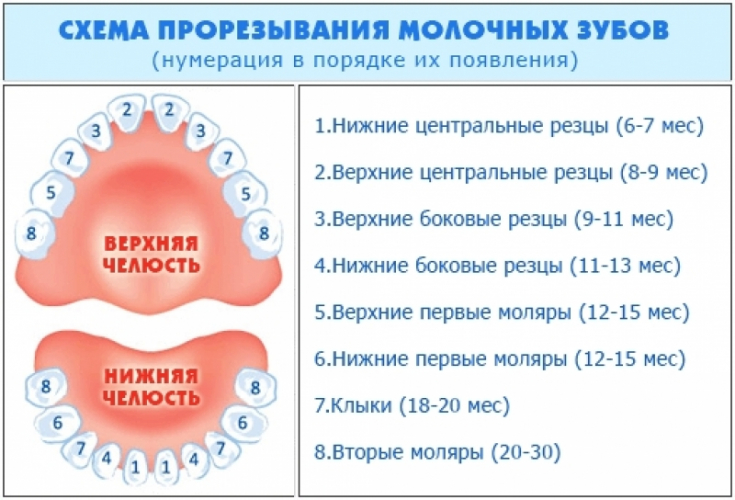 Subscribe to our page on Facebook!
Subscribe to our page on Facebook!
Parents should not be afraid of the fact that teeth are not yet visible at six months, because the indicated data are approximate. Dentists note that the later teeth appeared, they will fall out later than usual.
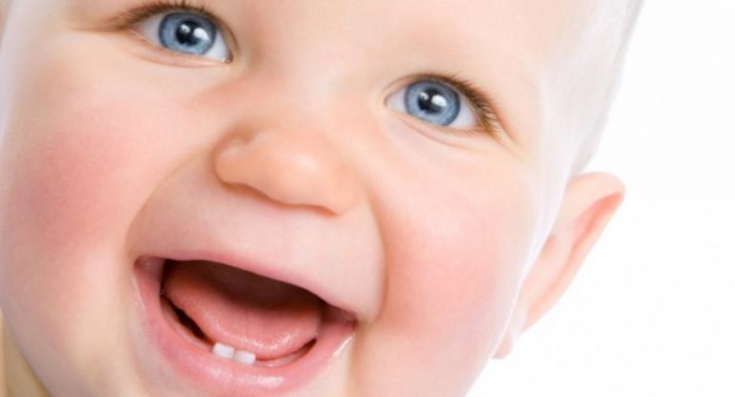 How teeth climb in children: symptoms that accompany the process
How teeth climb in children: symptoms that accompany the process
Parents are sometimes frightened by the symptoms that accompany teething, as it often comes down to high fever and very moody behavior. But don't despair, it passes quickly. And do not forget about the individuality of the baby, not all of the process is accompanied by temperature and other unpleasant moments.
Remember that
symptoms appear 4-5 days before the tooth comes in
and they persist until you notice that the tooth has come out through the mucosa of the gums.
The main symptoms include:
• swelling of the gum tissue and its swelling;
• restless sleep of the child;
• loss of appetite;
• irritability of the crumbs;
• the desire of the child to suckle the breast or a pacifier more often;
• increased salivation;
• irritation of the skin in the mouth;
• an increase in body temperature from 37 to 38 degrees.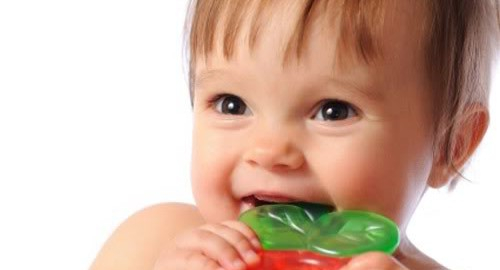
Read also: Bruxism in children: why does a child grind his teeth in his sleep
How to help the child and alleviate the condition of teething
If there are certain symptoms, parents want to somehow help the baby in order to alleviate his condition.
There are several ways to help a child:
• use special pastes or gels that have a calming and cooling effect, which are offered by pharmacies. Such funds are applied directly to the gum;
• suppositories and tablets designed to relieve symptoms during teething, they should be used with the approval of the pediatrician and not more often than after 6-8 hours;
• cold teethers, which are designed to cool the gum tissue, as well as stimulate them and relieve pain;
• massage of the gum tissue can be performed by parents, after washing their hands with soap,
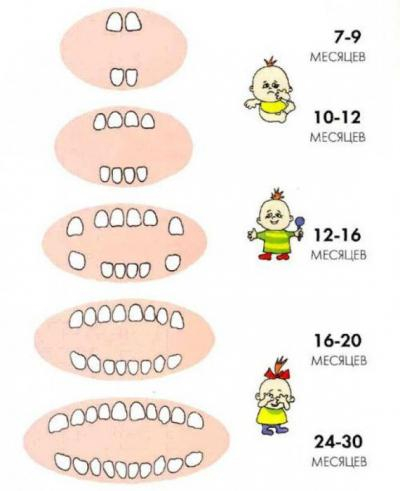 No teeth yet: what are the final eruption dates
No teeth yet: what are the final eruption dates
• diseases of a woman during the period of bearing a baby;
• jaw deformities;
• lack of calcium in the body.
Dentists note that there should be no cause for concern until 12 months. If, upon reaching 1 year, the first tooth has not begun to erupt, then it is worth visiting a pediatrician, and then a dentist. Specialists will determine whether the delay is due to a certain pathology or simply a lack of trace elements in the child's body.
Having understood the topic of how a child's teeth climb, we can say with confidence that in a certain sequence and with the symptoms inherent in the process. Each child is unique, and you should not worry if your baby has the first tooth before or after the due date, with or without symptoms, the main thing is that he feels your care, and you survived this period together.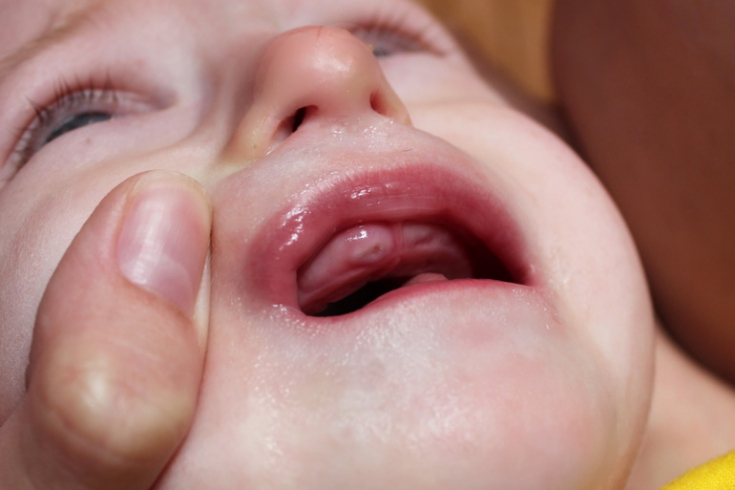 Read also:
Read also:
Myths about pediatric dentistry: why you should not trust them
Watch us on YouTube:





